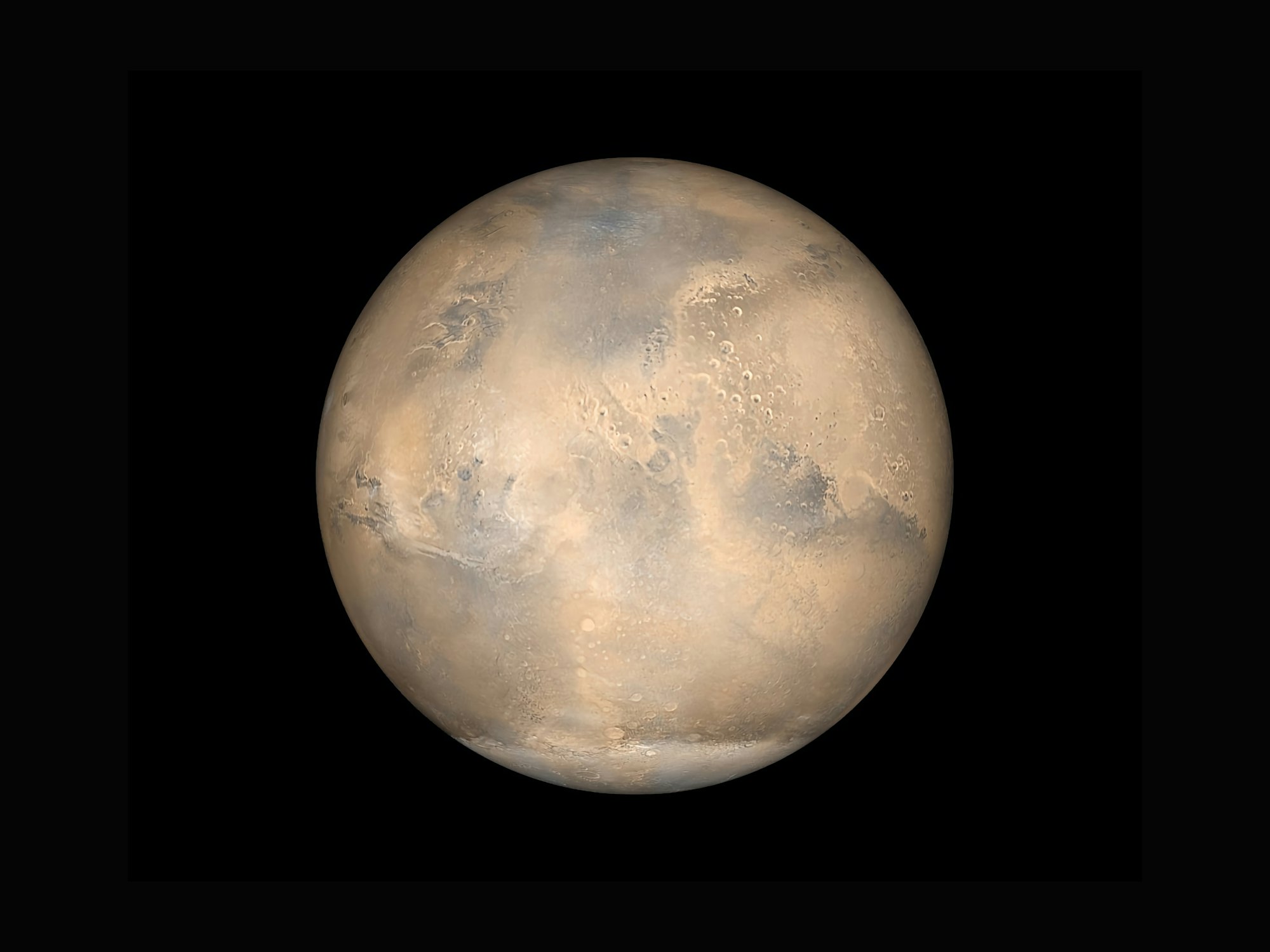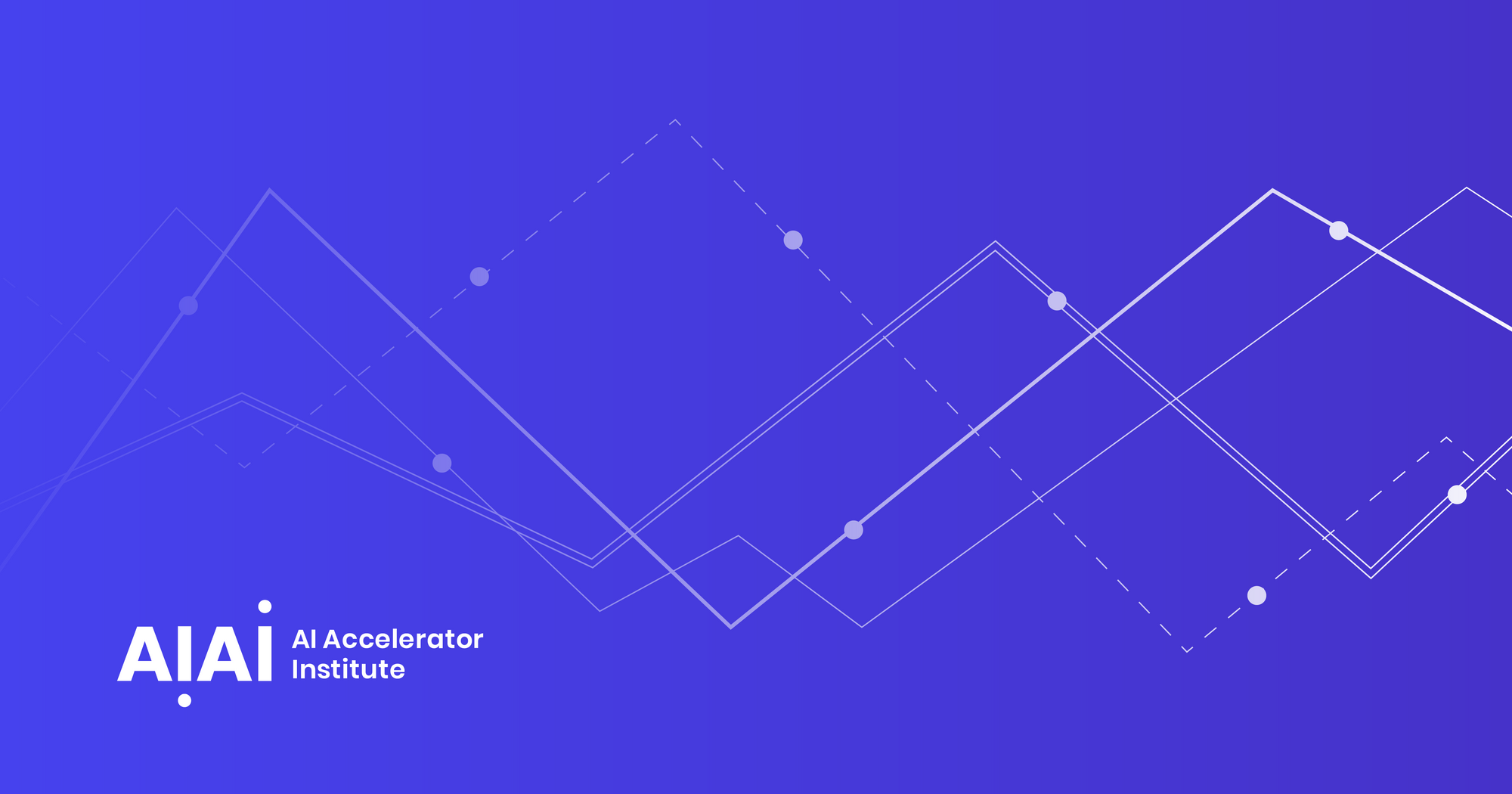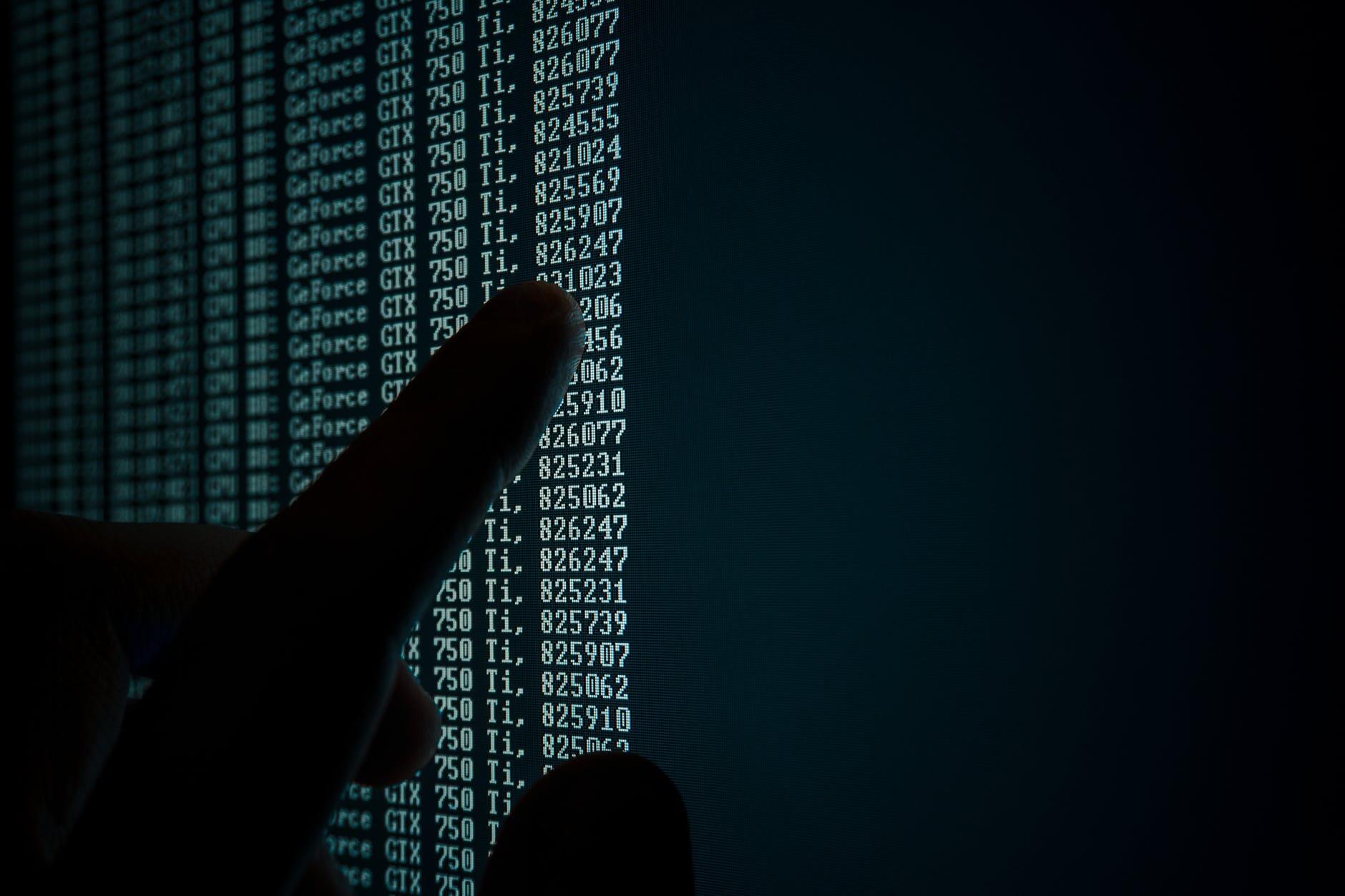Artificial intelligence (AI), has been improving our standards of living on Earth for the past decades. But what about beyond our planet? How can AI assist space missions and exploration?
Helping astronauts and ground-based operations, AI is a vital component for space trips and space exploration. It helps in conducting tasks that humans would otherwise be unable to perform in space, such as analyzing cosmic occurrences, system control, charting stars and black holes, and more.
Many companies, like NASA, Google, and the European Space Agency (ESA) are already using AI to find new celestial objects and to improve astronauts' lives in space.
In this article, we’ll have a look at AI in space exploration, specifically:
- Its applications
- Autonomous rovers
- Assistants and robots
- Intelligence navigation system
- Satellite data processing
- Mission design and operations
- Mission strategy
- Space debris location
- Data collection
- Exoplanet discovery - What the future brings
Would rather watch a video instead?
@ai.accelerator.in How is AI helping space exploration? #ai #space
♬ original sound - AI Accelerator Institute
AI applications in space exploration
AI in space missions and exploration is multifaceted, offering solutions to challenges that are beyond human capabilities in the extraterrestrial environment.
It assists astronauts and ground-based operations, ensuring tasks such as cosmic phenomena analysis, system control, and celestial mapping are conducted efficiently and accurately. But how exactly is AI revolutionizing space exploration?
Let’s dive deeper:
1. Autonomous rovers
NASA’s autonomous rovers are one of the most important AI applications. These rovers roam planet surfaces, currently on Mars, and need to make decisions and avoid obstacles while calculating the best routes without mission control’s say-so. Autonomous rovers are behind some of the most important discoveries made on Mars.

2. Assistants and robots
A sub-field of neural language processing (NLP), sentiment analysis, (also known as emotion AI or opinion mining) is behind the work conducted by scientists to create intelligence-based assistants that will support astronauts in future missions to the Moon, Mars, and more.
Sentiment analysis will extract and recognize opinions from text data, like reviews, forums, social media, and more. These assistants will then understand and anticipate the needs of the crew, alongside understanding mental health and emotions so that actions can be taken in case of an emergency.
Robots can also be helpful in physical tasks, such as docking, spacecraft navigation, and more.
2. Intelligence navigation system
Google Maps uses navigation systems like GPS to map out our planet, however, we don’t currently have a similar tool for extraterrestrial objects. Without navigation satellites around Mars or the Moon, scientists have to get creative.
In collaboration with Intel, a team of researchers from NASA developed an intelligent navigation system in 2018. This system uses AI to explore planets, and the model was trained on millions of photos from several missions to create a virtual Moon map.
3. Satellite data processing
Satellites generate massive amounts of data; Maxar Technologies, a space tech company in Colorado, has more than 110 petabytes in image data, adding over 80 terabytes a day. AI algorithms help to process this data efficiently.
Machine learning algorithms can study millions of images in seconds, analyzing changes in real time. Automating these processes with AI allows satellites to independently take images when sensors detect specific signals.
Researchers from Leeds University in the UK analyzed images collected by ESA’s Gaia satellite and applied machine learning techniques to the data, finding over 2,000 new protostars, which are infant stars forming in gas and dust clouds.
AI can also help in remote satellite health monitoring, predicting performance and issues for informed decision-making.
4. Mission design and operations
AI can help with autonomous operations in space missions. AIKO, an Italian start-up business, developed MiRAGE, which is a software library for enabling operations in space missions. This is part of ESA’s tech transfer program.
It allows the spacecraft to perform autonomous replanning and detect both internal and external events, so it can take appropriate action so the ground-based decision-making doesn't affect the mission objectives.
With AI and machine learning, it’s also possible to evaluate operational risk analysis and determine safety-critical missions. Risk mitigation systems can then process large amounts of data from normal operations and previous performance. After teaching a model to identify risk classification, it can then conduct real-time risk assessments.
Want to know more about machine learning? Read our guide below:

5. Mission strategy
The Entry, Descent, and Landing (EDL) flight dynamics team relied on AI for both complex scheduling systems and mission planning to get through the “seven minutes of fear” during the Perseverance mission.
Scientists and engineers see scheduling as something AI can help with, as systems need intricate planning, and would otherwise require large amounts of manpower. Spacecraft can be programmed to determine autonomously how to execute commands according to specific functions based on past data and environment.
6. Space debris location
The threat of space debris to space infrastructure is a growing concern. AI offers innovative solutions for designing collision avoidance maneuvers and enhancing spacecraft safety through machine learning techniques.
ESA states that there are almost 34,000 objects bigger than four inches threatening the existing space infrastructure. Satellites deployed in the low Erath orbit can be designed to completely disintegrate in a controlled way, to prevent space debris.
There’s also the possibility of collisions with space debris, something that researchers are actively working on to prevent. This can be done by designing collision avoidance maneuvers through machine learning techniques, or by training machine learning models and transmitting these to spacecraft in orbit to improve decision-making.
Similarly, already trained networks onboard spacecraft can help guarantee space flight safety, allowing for increased flexibility in satellite design while minimizing orbit collision.
7. Data collection
real time will be helpful in optimizing the large amounts of collected data from scientific missions like deep space probes, Earth-observing spacecraft, and rovers. It’ll also aid in evaluating this data and distributing it to end-users.
Through installing AI aboard spacecraft, it’ll be possible to build datasets and maps, as AI could find and classify normal features, like common weather patterns, from atypical patterns, like smoke from volcanic activity - all done independently.
But how do we know which datasets need to be sent to end-users for processing? AI technology can minimize or eliminate unimportant data, so that networks can work more efficiently when transmitting large amounts of data.
Want to know more about big data? Read our guide below:

8. Exoplanet discovery
The use of AI in identifying new exoplanets is a testament to its potential to expand our understanding of the universe. AI algorithms analyze telescope data to distinguish celestial bodies, showcasing the power of AI in the quest for knowledge beyond our solar system.
The Kepler Telescope was built to help determine the frequency of Earth-sized planets that orbit Sun-like stars, which needed both precise and automatic assessment of the candidates - even with a low signal-to-noise ratio.
Alongside other scientists, Google got around the constraint by developing AstroNet K2, which is a convolutional neural network (CNN). This CNN can establish whether a signal from the Kepler Telescope is an actual transiting exoplanet instead of a false positive.
After training the neural network model to 98% accuracy, two new exoplanets were found: Kepler 80g and Kepler 90i, which respectively circle the Kepler 80 and Kepler 90 star systems.
The future: a trip to the Sun
AI offers various opportunities for space exploration, like NASA’s Parker Solar Probe, which will explore the Sun’s atmospheric corona and come within 4 million miles of the Sun’s surface in December 2024. The probe can withstand up to 2500℉ (or 1370℃), and it has a magnetometer and an imaging spectrometer to help us learn how the Sun interacts with planets in the solar system. This could allow for understanding into solar storms, which typically disrupt communication technologies.
But that’s not all AI could help with; in the future, we may see AI-based space assistants alongside astronauts in deep space, or robonauts exploring new planets. With NASA working alongside Space Systems Loral, for example, to test how AI could help to reach for the stars, there’s so much more we can expect to discover.
Read more about how computer vision is helping explore Mars:




 Follow us on LinkedIn
Follow us on LinkedIn





